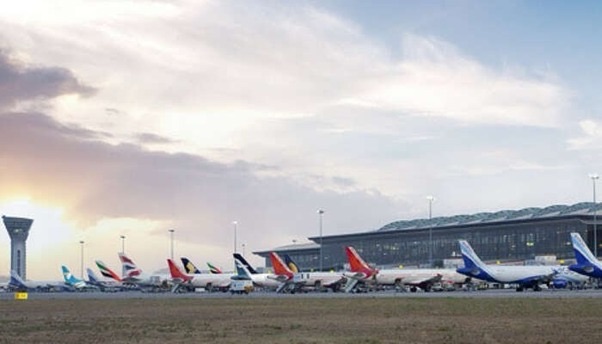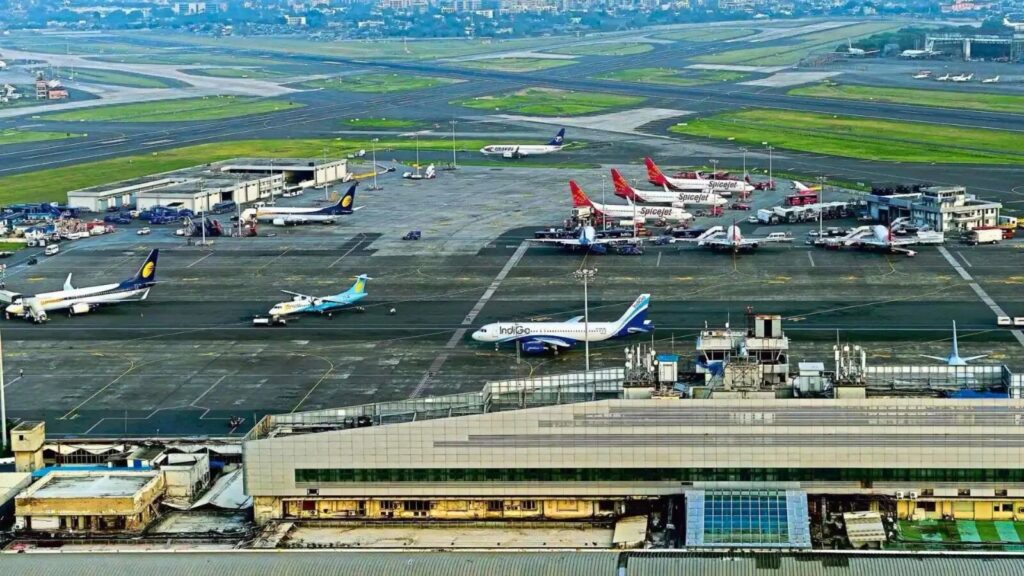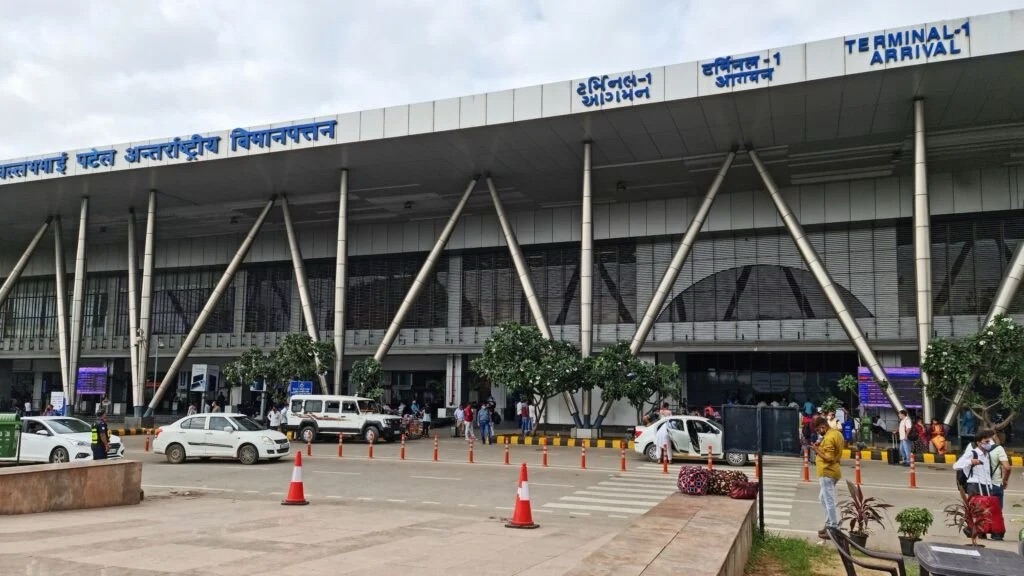According to the Indian Times, Ram Mohan Naidu Kinjarapu, the Civil Aviation Minister of India, has revealed a strategy to enhance the nation’s airport network to a total of 350 by the year 2047. This marks a substantial rise from the current 162 airports, effectively more than doubling the existing facilities.
The announcement was made during the Eastern Region Ministers’ Conference on Civil Aviation, where the minister underscored the swift expansion of the civil aviation sector and its significance to the national economy. He stressed that the central government will assist state authorities in developing aviation infrastructure to realize this ambitious goal.
In the past 11 years, 88 new airports have been established, particularly in tier-two and tier-three cities, demonstrating a strategic emphasis on enhancing regional connectivity and fostering growth beyond major urban centers. The expansion initiative is regarded as a means to improve mobility, satisfy the increasing demand for passenger and cargo services, and bolster economic advancement in smaller cities and regions.
This initiative aligns with India’s broader vision for becoming a developed nation, with aviation serving as a pivotal catalyst for economic integration and regional development. By increasing the number of airports, the government seeks to generate employment opportunities, invigorate local economies, and enhance accessibility throughout the nation.

This long-term objective further illustrates India’s dedication to fortifying its civil aviation sector to accommodate future demands, manage an increasing volume of passengers, and maintain a competitive edge in the global aviation landscape. The emphasis on regional airports guarantees that development is not confined to major urban areas but extends to smaller towns, promoting equitable economic growth across the country.
“To realize the goal of 2047 Viksit Bharat, aviation plays a crucial role. We are witnessing that civil aviation is the fastest-growing sector in the country. No one is expanding at the rate India is in civil aviation,” Kinjarapu remarked.
“We aim to empower the states in civil aviation. In the upcoming days, we will provide comprehensive support to the states. Our objective is to construct 350 airports by the year 2047.”
The conference was designed to assist and guide the Eastern Indian states in broadening their aviation presence.
The Minister emphasized the recent growth in the sector.
“In the last 11 years, we have seen 88 new airports constructed, not just in the major cities, but also in the tier-two and tier-three cities across the country.”
Wherever airports are impractical to construct, our aim is to initiate heliports in those locations. In mountainous areas and the Northeast, we aspire to establish at least one heliport in every district.
Regarding the AI171 plane crash in Ahmedabad, the Minister remarked, “The investigation is currently underway. There are various aspects that require examination. The AAIB has conducted an extensive investigation with considerable dedication and accountability, and they have also compiled a report. It will take an additional 4-5 months for the final report to be released.”
Eastern India has become a focal point in this expansion strategy. Odisha, in particular, is set to see new infrastructure development, including a modernised terminal in Bhubaneswar and a greenfield airport in Puri. Aviation authorities have also indicated that there are 11 existing airstrips in the state that could potentially be transformed into operational airports, further diversifying connectivity and alleviating reliance on congested hubs. Nevertheless, sustainability remains a key element of the discussion. Industry experts warn that simply doubling the number of airports cannot only focus on physical expansion; it must align with low-carbon growth. The establishment of green terminals powered by renewable energy, fuel-efficient flight operations, and coordination with public transport systems are being identified as essential components if India is to achieve its climate objectives while expanding aviation. Officials have also emphasized the importance of developing heliports and seaplane operations as viable alternatives in areas where full-scale airports may not be practical, especially in hilly regions, islands, and ecologically sensitive locations.

In addition to tangible infrastructure, the government is striving to create more Flight Training Organisations (FTOs) to satisfy the demand for new pilots. With passenger traffic expected to increase significantly, human resource capacity is as vital as runways and terminals. The country is also gearing up to welcome new seaplanes, with pilot projects scheduled in Kerala, Andhra Pradesh, and the Andaman and Nicobar Islands. While the economic and strategic advantages of such an extensive expansion are evident, concerns persist regarding execution, maintenance, and the environmental impact of unchecked aviation growth.
Urban planners contend that this initiative must be aligned with India’s pledges to achieve net-zero emissions and enhance urban resilience. Expanding airports while cities continue to grapple with potholes, flooding, and waste management risks creating a rift between infrastructure aspirations and the realities on the ground. Whether India’s aviation vision for 2047 evolves into a model of sustainable growth or serves as a cautionary tale of overreach will hinge on how well the equilibrium is maintained between ambition, equity, and accountability. For the moment, the announcement highlights the country’s determination to ascend in global civil aviation.
For all aviation-related guidance (DGCA ground classes, pilot training, cabin crew training)
Contact us https://contrail.in/
phone numbers +91 78457 69399


